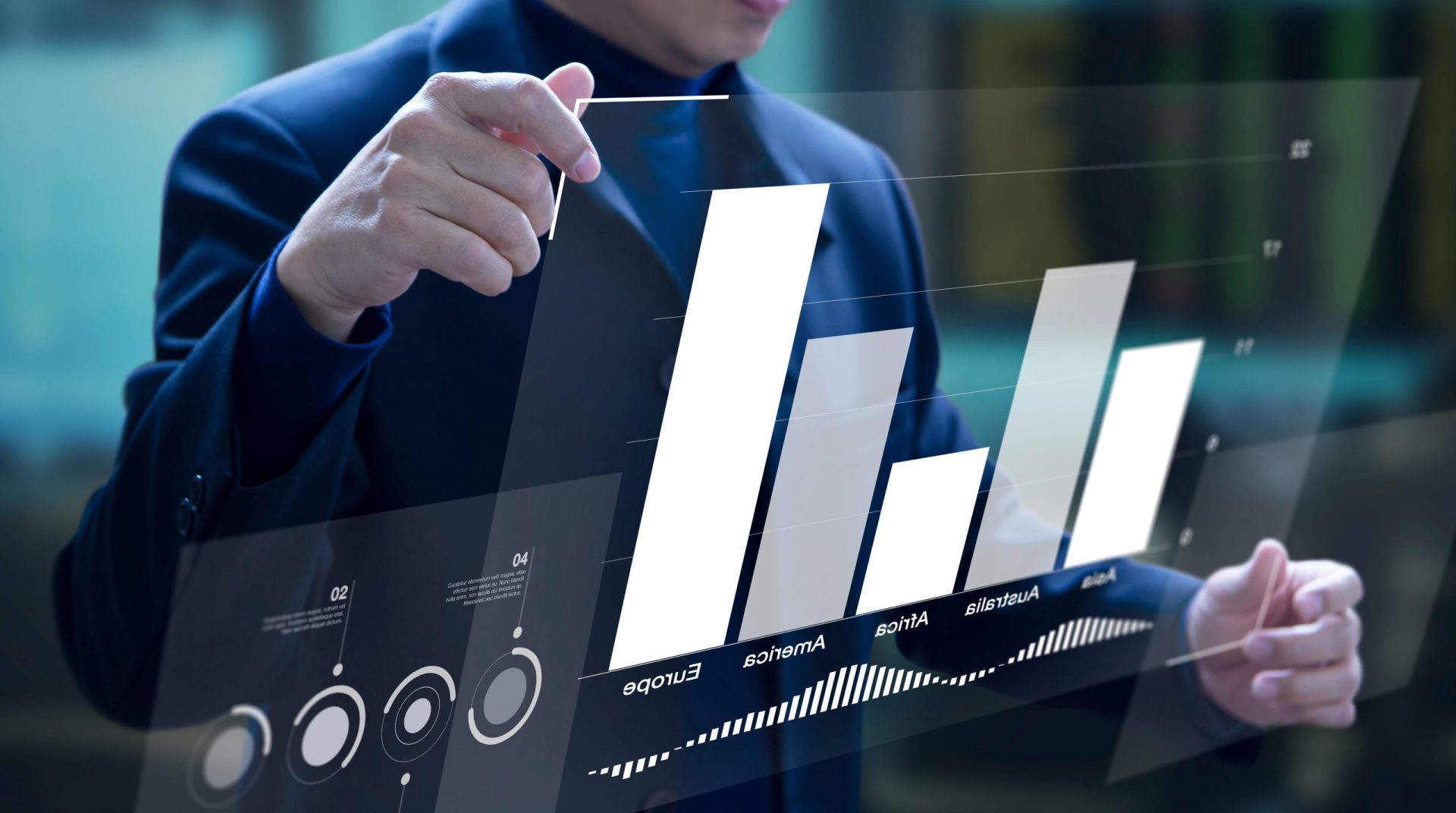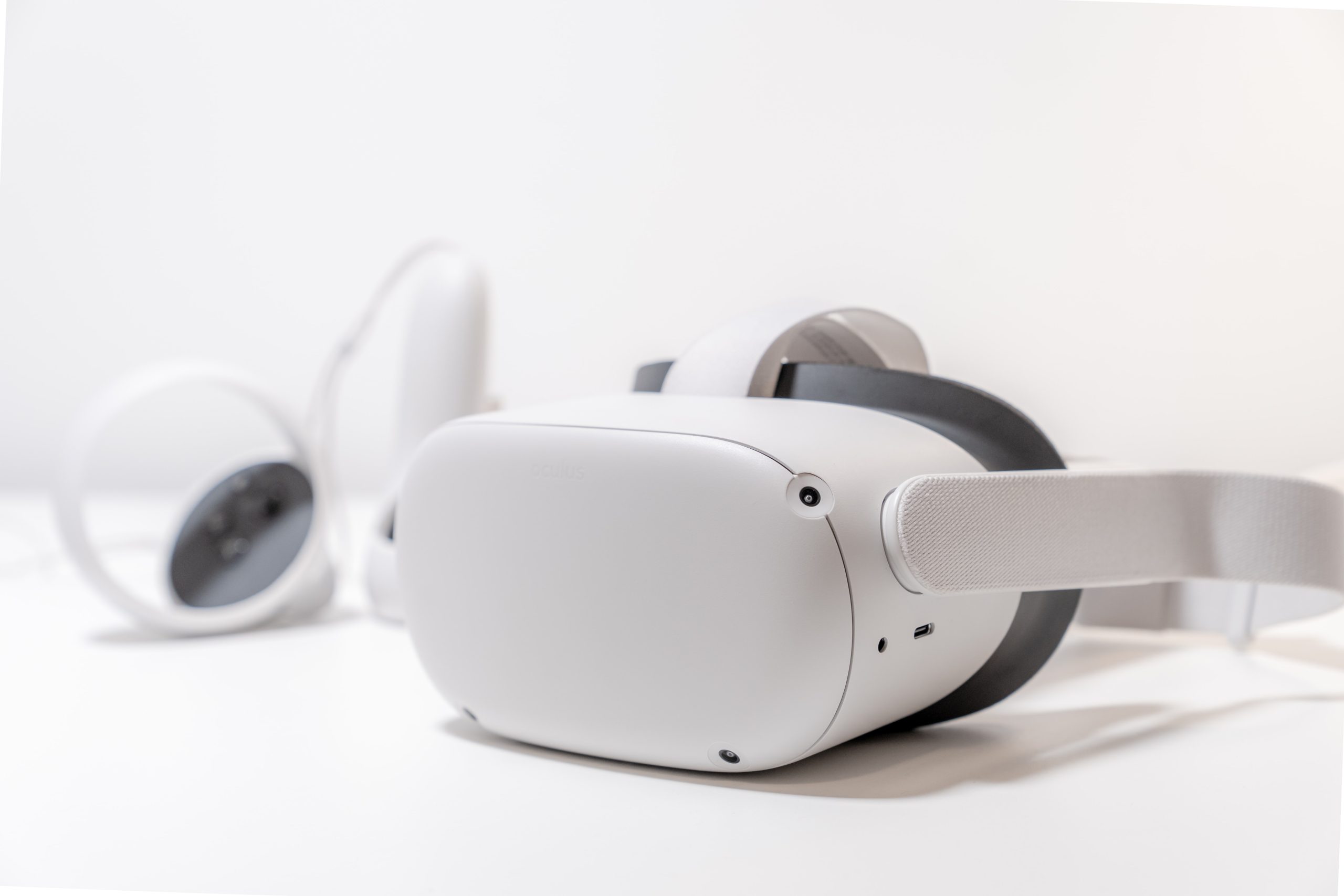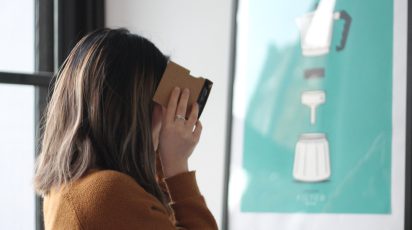
July 1, 2022
Virtual and augmented reality: changing business data analytics
Data analysis is a significant asset to successful businesses, especially in marketing. Given the advances in technology, it is not surprising that there are new methods of effectively doing data analysis. Those methods aren’t focused solely on numbers and calculations; they are visual. Today we’ve prepared a topic on virtual reality (VR) and augmented reality (AR) and how these two technologies can improve data analysis.
The importance of business data analytics
Business data analytics is often defined as a number of technologies and disciplines designed to solve business problems by utilizing data analysis, statistics, and other similar analytical methods. It is safe to say that forward-thinking businesses focus on utilizing just about every segment of their business. Business analytics gives them a valid competitive advantage. While we won’t go into the mechanics of business data analysis right now, we will talk about a possible simplification: simplification through VR and AR.

Charts and graphs belong to the past.
A decade ago, charts and graphs were the right tools to visually represent relevant data. Data today is too complex, even for good-old graphs, so we need something that can handle vast amounts of data. VR and AR are a fantastic choice for a better understanding of data:
Better understanding and faster cognitive processing of data.
Visualizing data can increase the overall understanding of data and help spot patterns, even for those completely inexperienced in analysis. Business data analysis at this level enables a vast advantage compared to traditional 2D data analysis. Furthermore, humans are visual beings, so immersion into a virtual display of data allows faster cognitive processing of data and removes any external distractions. VR and AR can help users understand analysis better by enabling them to interact with data to gather insights. The fact is that the human brain processes information much faster if it’s presented in different ways. Data is multidimensional and can often be delivered in a virtual world, all around users. Pretty much like you’ve seen in movies, but with a little less CGI.
Simplified interactions and machine learning.
VR and AR can simplify the interaction between teams working on analysis from different locations by joining them together in a virtual place. But they also allow data access to a wider variety of users as compared to traditional analysis methods. Instead of only trained scientists, human behavior can be tracked by other experts and later used in enhancing machine learning, resulting in precise predictions and ethical decisions in different simulations. This can be effective in operator training as, by enhancing machine learning, AI can predict outcomes with precision.
Business data analytics with a dose of fun.
Not all people deem numbers and analytical data as something fun, but try placing these exact same numbers and data in VR or AR. This is how you get an immersive experience that will put an end to boring spreadsheets and piles of documents. Data scientists can now step up and embrace the benefits that modern technology enables.

A good example of business data analytics
Regarding data analytics, use cases are hard to find as we’re talking about something that has been in use for just a couple of years. However, one industry that has been particularly fast in pioneering the use of VR and AR in their business is logistics. In this industry, VR and AR are used in a variety of departments. From creating a digital twin model for logistic warehouse operation in VR, to robotic process information fueled by AR, this industry is a great example of using data analysis in order to improve customer service and overall to simplify the delivery process.

VR and AR not only affect the logistics sector; this technology is used extensively in healthcare, the oil and gas industry, retail, research and more. For now, these use cases still haven’t been shared with the public, but we are positive that will soon change. More and more companies today offer their VR and AR analytics tool as a product for businesses of any size, so we have no doubts that prominent ones will consider taking this path.
A path to success
Whether the idea of using VR and AR in business data analysis is a good one is not even open to debate. The benefits are many: a visual representation of complicated data analysis, multidimensionality, machine learning, immersion resulting in greater focus and no distractions are just a few and, joined together, they all lead to business growth.



